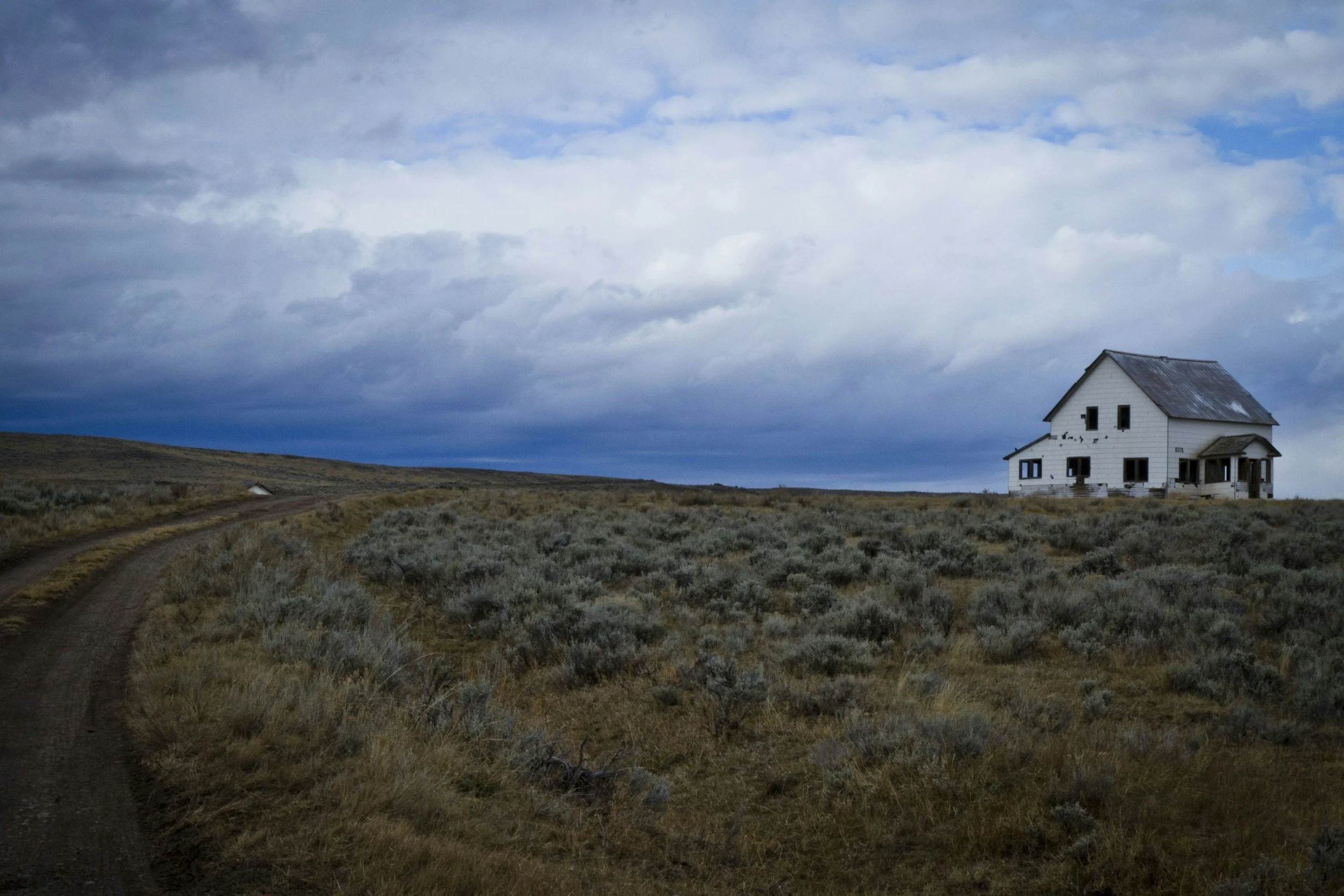NEEA Idaho, Montana, and Oregon Residential Code Evaluations
Client: Northwest Energy Efficiency Alliance
Project Team: Industrial Economics Incorporated (IEc) (Prime), Resource Refocus, additional local field work consultants
Project Date: 2023 - 2025
Project Summary
Industrial Economics, Incorporated (IEc) and RR conducted a series of field assessments on behalf of NEEA to quantify the extent to which the energy savings goals of recent residential building energy codes are realized in Idaho, Montana, and Oregon. These research efforts were based on the methodology specified in the Department of Energy’s Residential Building Energy Code Field Study, which quantifies the baseline energy use and savings potential in residential new construction. The RR team led the energy modeling and savings calculations which involvde developing custom “code-compliant” EnergyPlus models for each state based on PNNL’s residential prototype models. A Monte Carlo sampling approach was used to generate a representative set of possible measure combinations based on data from recently constructed homes.
These studies assess statewide compliance levels for the following seven key measures:
Envelope tightness (air changes per hour (ACH) at 50 Pascals).
Windows (U-factor and solar heat gain coefficient (SHGC)).
Wall insulation (assembly U-factor).
Ceiling insulation (R-value).
Lighting (percent high-efficacy).
Foundation insulation (including floor insulation, basement wall insulation, crawlspace wall insulation, and slab insulation R-values).
Duct tightness (expressed in cubic feet per minute (cfm) per 100 sq. ft. of conditioned floor area (CFA) at 25 Pascals).
Using data collected on the seven individual code requirements, the study provides estimates of statewide energy code compliance based on the share of the homes that meet the minimum code requirements from an energy consumption perspective.
The results of of these studies for all three states is discussed below.
Idaho Residential Code Compliance Evaluation
Report: Idaho Residential Code Compliance Evaluation Methods and Results
The Idaho study provides insight into 2018 IECC with Idaho amendments code compliance both at a measure and whole home level. Two IECC climate zones are found in Idaho: climate zone 5B cool dry (CZ5) and climate zone 6B cold dry (CZ6).
Some of the report findings include:
From an energy perspective the average Idaho home is estimated to use 8% less energy than a home built to exactly meet the code minimum.
Improving the wall insulation U-factor could realize more than three-quarters of the state's cost, energy, and emissions savings potential. Two key areas for improvement are insulation installation quality (IIQ) statewide and insulation R-value in CZ6.
Ninety-six percent of the space heating systems are natural gas furnaces, while 4% are some form of electric. 90% of the domestic hot water (DHW) heating uses natural gas, while 10% is electric.
Figure 1. Statewide EUI analysis for Idaho
Table 1. Annual statewide savings potential
Figure 2. Wall U-factor
Table 2. Wall U-factor
MOntana Residential Code Compliance Evaluation
Report: Montana Residential Code Compliance Evaluation Methods and Results
The Montana study provides assess stateqide compliance wiht the 2018 and 2021 IECC with Montana amendments. The study also focused on statewide findings regarding the proportion of homes with gas versus electric primary heating, the proportion of homes with gas versus electric water heating, an dthe proportion of homes with above-code elements.
Some of the report findings include:
From an energy perspective the average new-construction home in Montana uses more energy than would be expected relative to a home built to the current minimum state code requirements.
Homes built under the 2018 IECC with Montana amendments use about 10.6% more than a code-compliant home.
Homes built under the 2021 IECC with Montana amendments use about 12% more than a code-compliant home.
Duct leakage has the highest potential savings from improved compliance under the 2018 and 2021 IECC with Montana amendments, repsectively represeting 34% and 32% of total potential annual energy savings.
Improvements to the quality of external wall insulation installaiton and the quantity and quality of ceiling insulation are additional high potential energy saving improvements that can be made in Montana.
Oregon Residential Code Compliance Evaluation
Report: Oregon Residential Code Compliance Evaluation Methods and Results (Forthcoming)
The objective of the Oregon study was to assess statewide compliance with the 2021 Oregon Residential Specialty Code (ORSC). Additional objectives were to provide statewide findings regarding the proportion of homes with gas versus electric primary space heating, the proportion of homes with gas versus electric water heating, and the proportion of homes with above-code elements.
Some of the report findings include:
Thre is a notable shift from natural gas to electricity for both space heating and DHW, 46% and 40.7% respectively. Both rates were up from 14% as observed in a previous study of the 2017 ORSC.
Compliance rates for insulation quanity were high (>=94%) for climate zone 5 homes, but a quarter of observations in climate zone 4 were not compliant.





